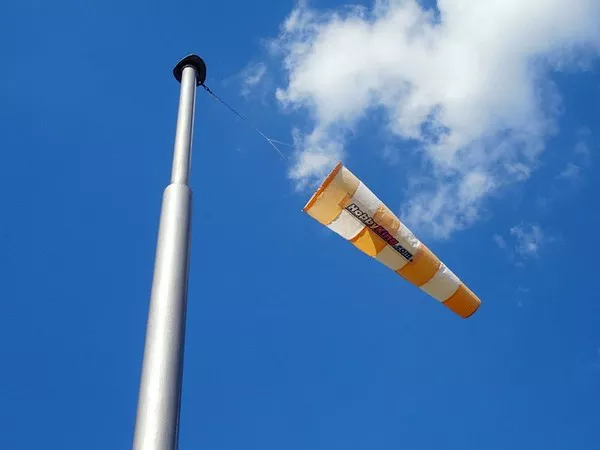In the realm of meteorology, anemometers play a crucial role in measuring wind speed, providing valuable insights for various industries, from aviation and renewable energy to agriculture and environmental monitoring. These instruments are essential tools in understanding weather patterns and ensuring safety in diverse applications. In this article, we will delve into the intricacies of anemometers, exploring their working principles, types, and significance in modern scientific and industrial settings.
The Basics of Anemometry
Anemometry, the science of measuring wind speed, relies heavily on anemometers. These devices are designed to capture the kinetic energy of moving air and convert it into a measurable form. The fundamental principle governing anemometer functionality is rooted in fluid dynamics, as air behaves similarly to a fluid in motion.
Cup Anemometers: A Classic Approach
One of the earliest and most recognizable types of anemometers is the cup anemometer. Consisting of three or four cups mounted at the ends of horizontal arms, this design has stood the test of time. As the wind impinges on the cups, they begin to rotate, and the rate of rotation is directly proportional to the wind speed.
The cups’ rotation is converted into an electrical signal through a variety of mechanisms, such as magnetic pickups or optical sensors. Modern cup anemometers often feature lightweight materials like aluminum or plastic, ensuring sensitivity to even light breezes while maintaining durability.
Propeller Anemometers: Harnessing Wind’s Power
Propeller anemometers, also known as vane anemometers, employ a rotating propeller to measure wind speed. Similar to cup anemometers, the rotation speed of the propeller is directly proportional to the wind speed. The blades of the propeller are carefully designed to capture the maximum amount of wind energy.
The rotational motion of the propeller is converted into an electrical signal through mechanisms like magnetic pickups or optical sensors. These anemometers are widely used in meteorological stations and industrial settings due to their accuracy and adaptability to various wind conditions.
Hot Wire Anemometers: Measuring Thermal Effects
Hot wire anemometers operate on a different principle altogether. Instead of relying on mechanical rotation, these instruments use the cooling effect of air to determine wind speed. A thin wire, typically made of platinum or tungsten, is heated to a constant temperature. As the wind passes over the wire, it cools it down, and the rate of cooling is directly related to the wind speed.
The change in temperature is detected by a sensor, often a thermocouple, and is then converted into an electrical signal. Hot wire anemometers are highly sensitive and can measure low air velocities, making them suitable for applications where precision is critical.
Sonic Anemometers: The Speed of Sound
Sonic anemometers represent a cutting-edge technology in wind speed measurement. These instruments utilize the speed of sound to calculate wind speed accurately. Sonic anemometers consist of two or more ultrasonic transducers placed at a known distance apart. These transducers emit ultrasonic pulses in the direction of and against the wind.
By measuring the time it takes for the sound waves to travel between transducers, the instrument can calculate the wind speed. Sonic anemometers are particularly advantageous in situations where traditional anemometers might be influenced by factors like turbulence or obstructions.
Multi-Point Anemometry: Enhancing Accuracy
In advanced meteorological applications, especially in research and environmental monitoring, multi-point anemometry systems are employed. These systems consist of an array of anemometers strategically positioned to capture wind speed variations at different points. The data collected allows for a more comprehensive understanding of airflow patterns, turbulence, and microclimates.
See Also: Can Your Phone Substitute for an Anemometer?
Conclusion
Anemometers, in their various forms, have become indispensable tools for professionals across a spectrum of industries. Whether monitoring wind conditions for safe aviation, optimizing wind energy production, or understanding local weather patterns, these instruments provide critical data that drives decision-making.
As technology continues to advance, anemometers evolve, offering increased accuracy, reliability, and adaptability to diverse environments. From the classic cup anemometer to the cutting-edge sonic anemometer, each type contributes uniquely to the field of anemometry, ensuring that our understanding of wind dynamics remains both sophisticated and practical.

